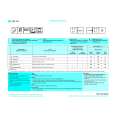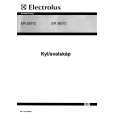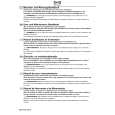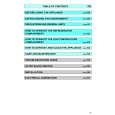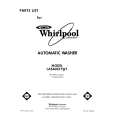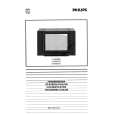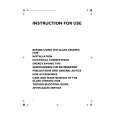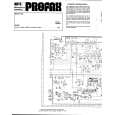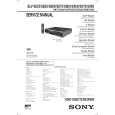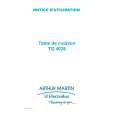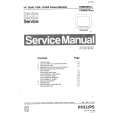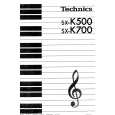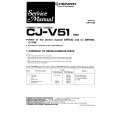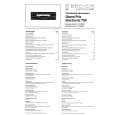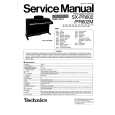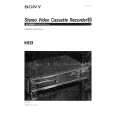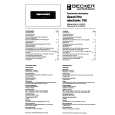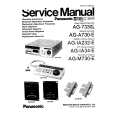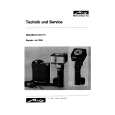|
|
|
Productos
|
|
Información
|
|
Destacado
|
|
|
 |
|
|
No hay comentarios de productos.
3-2. Self-Diagnosis Mode
3-2-4. Test Procedure
This section describes the details of each test and how to determine whether the test result is acceptable or unacceptable. There is no fixed order of the tests, thus it is allowed to perform the tests selectively. Usually, perform the tests in order of their numbers completes all the tests is completed. 1. ROM Version Display Type �ver� on the terminal. The version is displayed on the screen. ROM Version x.xx
5. LED Test Type �led� on the terminal. The LEDs sequentially start lighting at an interval of 0.3 seconds, all the LEDs light 1 second, then all the LEDs go off 0.3 seconds. This cycle is performed three times, then the test ends. n The LEDs RX1: D16 and RX2: D17 are not handled in this test. 6. DIP Switch Test Type �dip� on the terminal. The DIP switch status is displayed on the screen. Change the switch settings to check that there is no shortcircuit or no soldered point. To quit the test, type �s.� 7. Buzzer Test Type �bz� on the terminal. The buzzer beeps 0.5 seconds, then stops 0.3 seconds. This cycle is performed 3 times, then the test ends. 8. Label read test Type �lr 10� on the terminal. Issue the read command to the label to read data on it. This action is performed 10 times, then the test ends. While the test is performed, the number of test times and the number of errors are indicated. To quit the test before completion, type �s.� 9. Label Write Test Type �lw 10� on the terminal. Issue the write command to the label to write data on it. This action is performed 10 times, then the test ends. While the test is performed, the number of test times and the number of errors are indicated. To quit the test before completion, type �s.�
2. ROM Test Type �rom� on the terminal. The check sum in the ROM area is calculated, then it is compared with the check sum written in ROM. When the check sums match, �ROM CHECK OK� is displayed. Otherwise, �ROM CHECK ERROR!� is displayed. ROM CHECK OK (When the check sums match) ROM CHECK ERROR! (When the check sums does not match)
3. RAM test Type �ram� on the terminal. �FFH� is written in all the areas in RAM, then it is checked that the written data is correctly read out. The check is also made with �AAH,� �55H,� and �00H.� When no error is found in the test, �RAM CHECK OK� is displayed. Otherwise, �RAM CHECK ERROR!� is displayed. RAM CHECK OK (When no error found) RAM CHECK ERROR! (When an error found)
4. Bank RAM Test Type �bram� on the terminal. �FFH� is written in all the areas in bank RAM, then it is checked that the written data is correctly read out. The check is also made with �AAH,� �55H,� and �00H.� When no error is found in the test, �BANK RAM CHECK OK� is displayed. Otherwise, �BANK RAM CHECK ERROR!� is displayed. BANK RAM CHECK OK (When no error found) 3-4 (E) BANK RAM CHECK ERROR! (When an error found)
3-2-5. Self-Diagnosis Mode End Procedure
1. Turn off the power. 2. Remove the top cover. (Refer to Section 2-2-1.) 3. Set normal mode. (Turn on switch 4 in dip switch S2 on the IF-691 board.) 4. Select the line connected. (Set switch 7 in dip switch S2 on the IF-691 board.) 5. Attach the top cover. 6. Turn on the power.
MLU-100A MM
|
|
 |
> |
|
